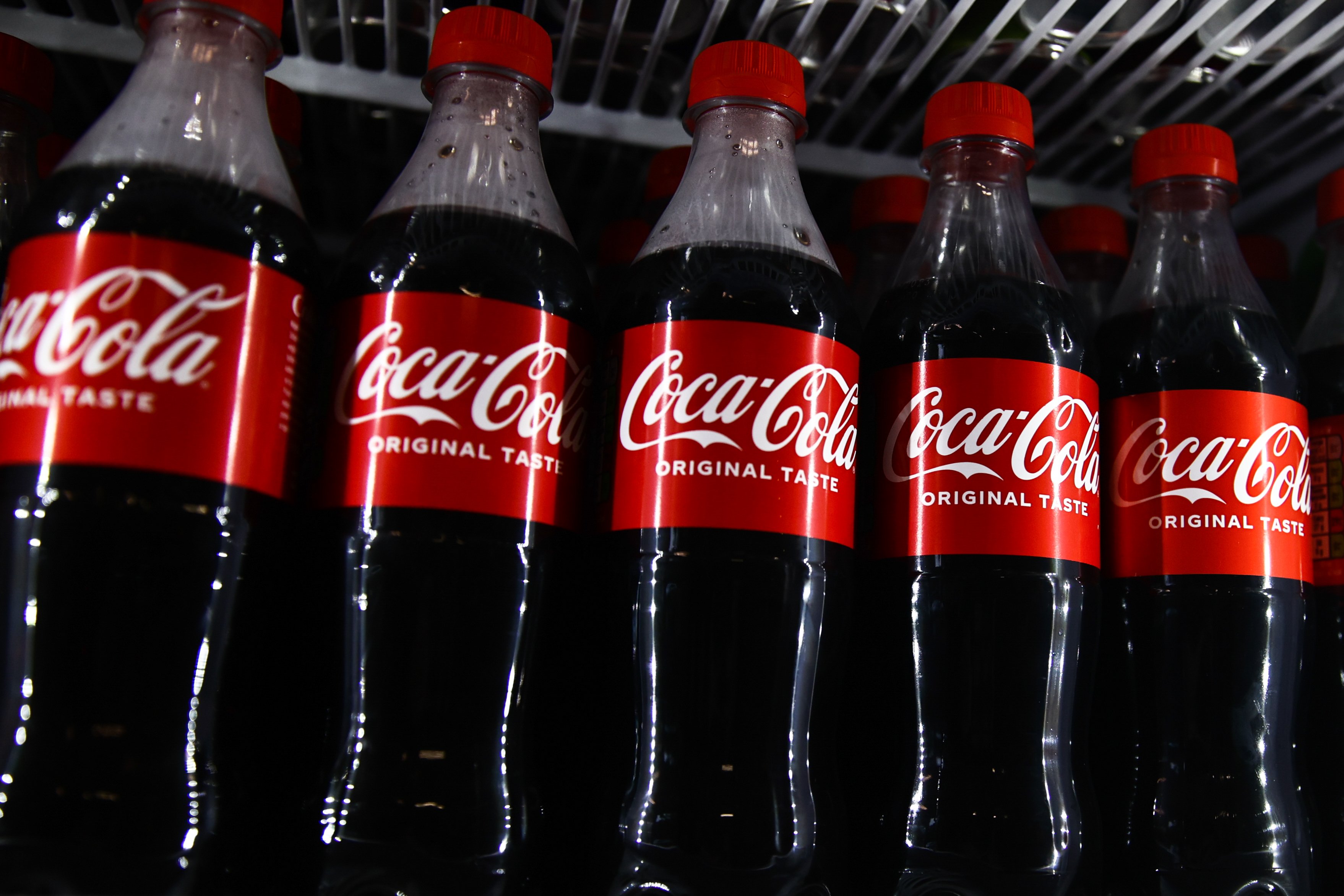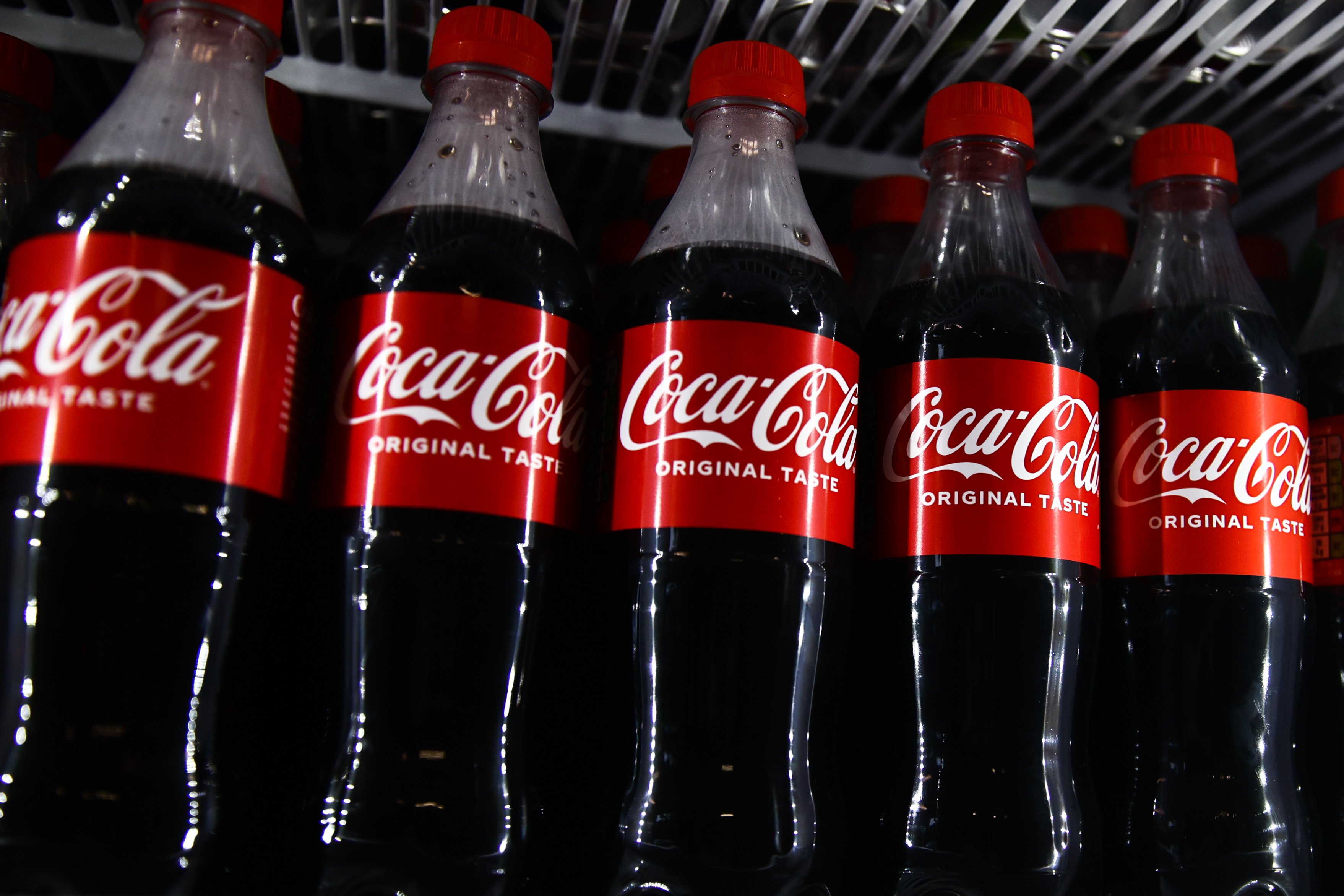Cash flow is vitally important to a company's existence. With the economy in a recession, cash flow is an especially important metric to watch because many companies are feeling their revenue and earnings under pressure.
Impressively, Coca-Cola (KO 0.06%) generates a prodigious amount of cash flow annually. This consumer-staple company sells everyday drinks that hold up well in various economic climates.
It's time to peek behind the curtain to see how this 134-year-old company does it.

Image source: Getty Images.
How the business generates cash
Coca-Cola is the world's largest nonalcoholic beverage company, selling popular drinks that include four out of the world's five best-selling brands: Coca-Cola, Diet Coke, Fanta, and Sprite. While the company is known for its soda, it is also a purveyor of water, sports drinks, juice, coffee, tea, and energy drinks. About 40% of last year's product introductions were either sugar-free or low-sugar, appealing to health-conscious consumers.
The company distributes its products around the world, selling them in retail stores and other places like stadiums, movie theaters, and restaurants. This generates a lot of cash flow. In 2017, Coca-Cola's operating cash flow was $7 billion and it grew to $10.5 billion last year.
In the first quarter, despite businesses shutting down due to the coronavirus pandemic, the company's operating cash flow was still $556 million compared to $788 million in the year-ago period. Due to more restrictions placed on people late in the first quarter, the company's second quarter results are likely to feel a bigger impact. However, these effects are temporary, and revenue and cash flow should show signs of improvement as business establishments such as restaurants reopen.
But Coca-Cola produces strong cash flow regardless of the economic environment. During the last recession, the company grew its operating cash flow from 2007's $7.2 billion to $8.2 billion in 2009.
Returning money to shareholders
While Coca-Cola generates a healthy amount of operating cash flow, it doesn't spend a lot of money on capital expenditures. Subtracting the $2.1 billion spent on capital expenditures last year from its $10.5 billion of operating cash flow results in $8.4 billion of free cash flow.
What does the company do with this money? It returns a good chunk of it to shareholders via dividends, spending $6.8 billion for this purpose last year. The company is a Dividend Aristocrat, an elite group of companies that have raised dividends for at least 25 consecutive years.
Coca-Cola has done so for a remarkable 58 straight years. Most recently, the board of directors hiked April's payout from $0.40 to $0.41 per quarter.
A global powerhouse, Coca-Cola's exposure to international markets will help the company as different regions and countries open up and recover economically at different rates. With a geographically diversified business and products that people continue to purchase, it's no wonder Coca-Cola produces strong cash flow. Better yet, it doesn't sit idly by watching its cash stockpile. The company shares the wealth with stockholders through higher dividends.






